
 |
|
|
Fruits
Volume 61 Number 1 Date 04/28/2016 SPOTTED TENTIFORM LEAFMINER - The first of three moth flights that occur annually in Wisconsin began by April 13. An apple orchard near Edgar in Marathon County reported a high count of 968 moths per trap from April 21-27. Elsewhere counts were much lower and ranged from 0-480 per trap. The number of moths captured during the event defined as a "peak flight" varies by orchard but is generally in the range of 800-1,200 per trap per week. Peak emergence or trap catch of spring adults is approaching and can be anticipated at advanced sites during the first or second week of May. REDBANDED LEAFROLLER - Reports indicate RBLR moths began appearing in pheromone traps during the week of April 7-13. Counts since mid-April have ranged from 0-169 per trap and the first peak flight may have occurred in a few southern Wisconsin orchards. The RBLR development model forecasts this early-season event for 200 degree days (base 45°F). The accumulation at Spring Green and Madison was 222 and 183 RBLR degree days, respectively, as of April 27. Sampling for newly hatched RBLR larvae on foliage and watersprouts should begin 10-12 days after the first moth is registered. An important distinguishing feature of the RBLR larva is its uniform coloration (both the body and head are yellowish-green). THRIPS - A Fond du Lac County apple grower reports that thrips are active in orchard edge trees adjacent to wooded areas. Apple growers are advised to check buds on several different varieties in multiple locations, including the perimeter, for thrips activity. A count of three or more thrips per fruit bud can cause abnormal leaf formation, leaf tatter, flower injury and reduced fruit set, and is considered an economic population. Materials available for thrips control are spinosad (Entrust) for organic growers and spinetoram for conventional growers (Delegate for apples or Radiant for strawberries). OBLIQUEBANDED LEAFROLLER - Larvae have resumed activity after overwintering under the bark of scaffold limbs and twigs. The ¼-inch, yellowish-green caterpillars with black head capsules are expected to feed for 2-3 weeks before pupating within leaf tubes. Scouting flowers and leaf buds with a 10X hand lens is recommended at this time. GREEN FRUITWORM - Apple growers planning to apply a Bt product (i.e., Agree, Deliver, Dipel) between tight cluster and bloom for control of green fruitworm or other leaf-feeding caterpillars are reminded that most formulations persist on foliage for only a few days following application. Because Bt must be ingested by larvae to be lethal, it is imperative to confirm the presence of caterpillars through scouting terminals and blossoms and treat only if temperatures warm enough for their activity. Post-treatment scouting for larvae is recommended to determine if a second application is needed. The effectiveness of Bt diminishes at petal fall as feeding by most early-spring caterpillar pests subsides. GRAPE FLEA BEETLE - The spring migration of overwintered beetles into vineyards has started. Scouting twice weekly from bud swell until the first leaf separates from the shoot tip is suggested through mid-May, or once shoot growth has reached three inches. Early spring feeding by adult flea beetles damages primary buds, preventing shoot expansion and ultimately reducing grape yields. Plants on the margins of vineyards are at greatest risk of injury. An economic threshold of 5% bud damage should be used to determine the need for control. WISCONSIN FRUIT NEWS - UW-Madison researchers recently published the first issue of Wisconsin Fruit News, a new report highlighting current research on the state's fruit crops. Issued every other week during the summer months, WFN will include scouting reports, plant development updates, and pest and disease management research summaries. Growers of berries, cranberries, grapes, and tree fruits are encouraged to subscribe at http://fruit.wisc.edu . EASTERN TENT CATERPILLAR - Egg hatch began by March 26 in Grant, Iowa and Rock counties following the accumulation of 50 degree days (modified base 50°F). The characteristic tents are now becoming visible on wild cherry, apple, flowering crabapple and other host trees. Control is most effective from late April until early May, while the larvae and tents are still small. -- Krista Hamilton, DATCP Entomologist 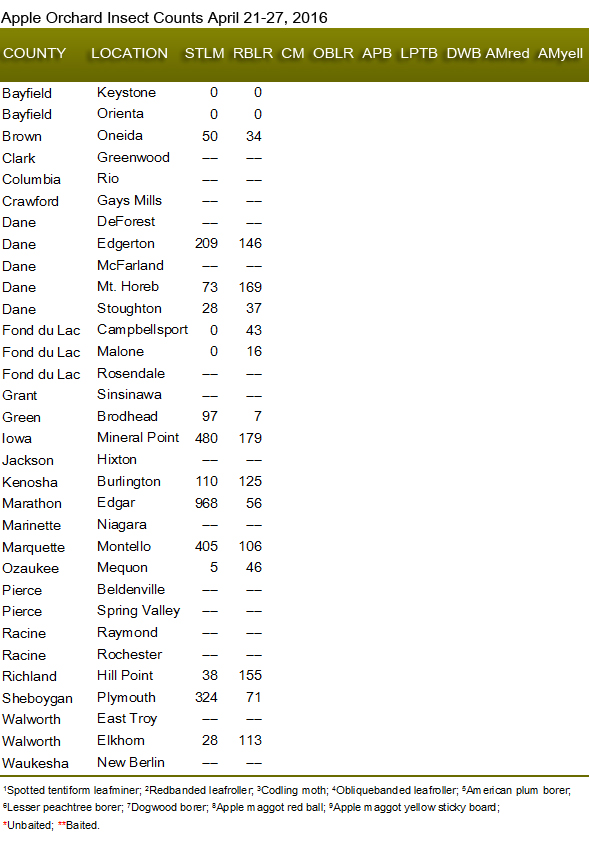
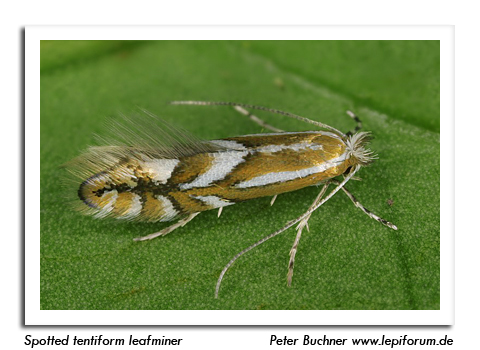
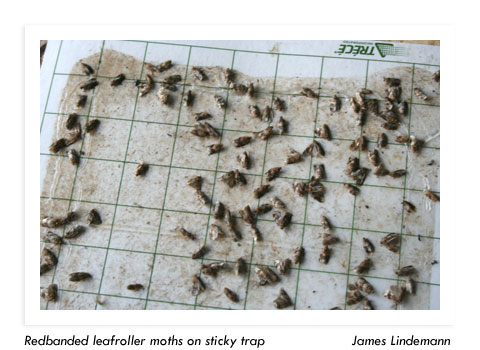
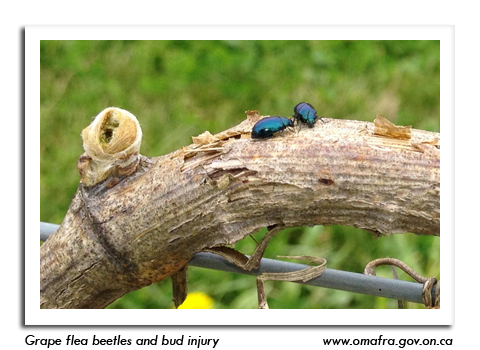
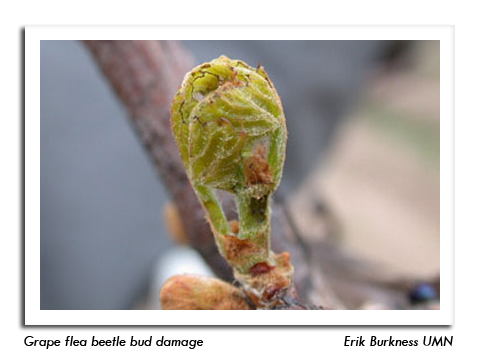
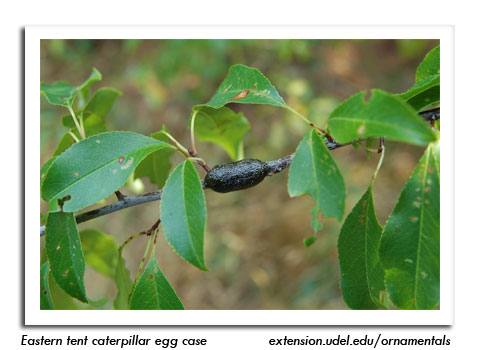
|
|
|